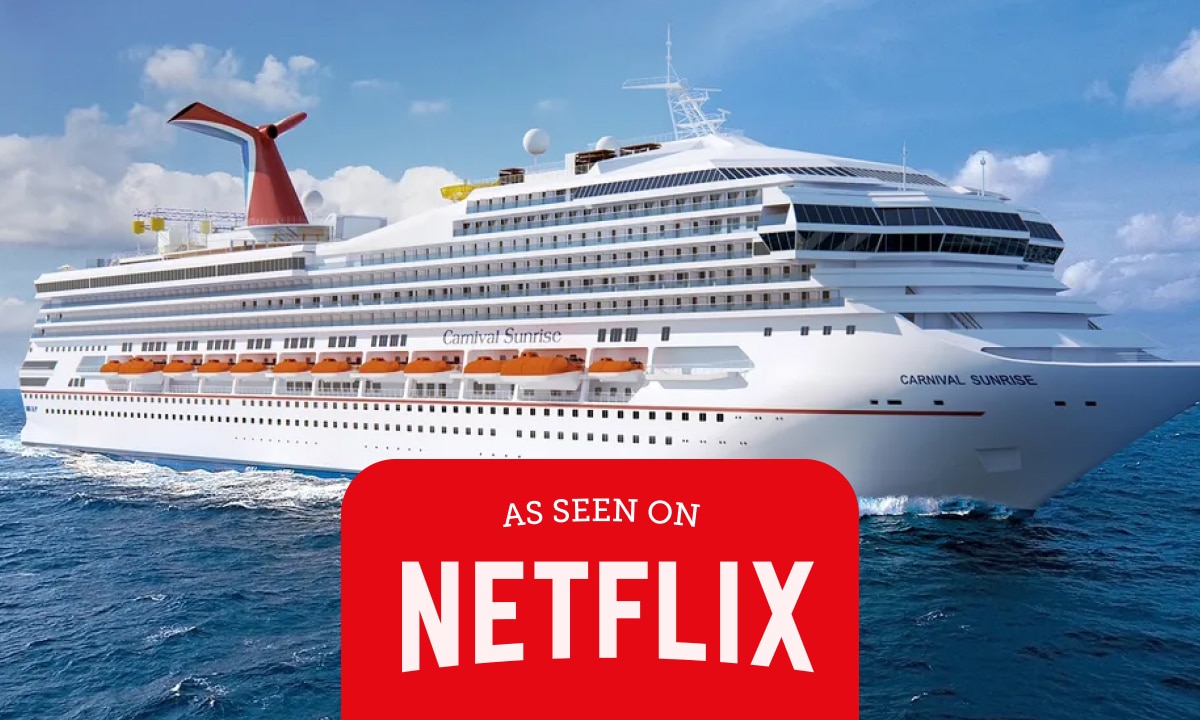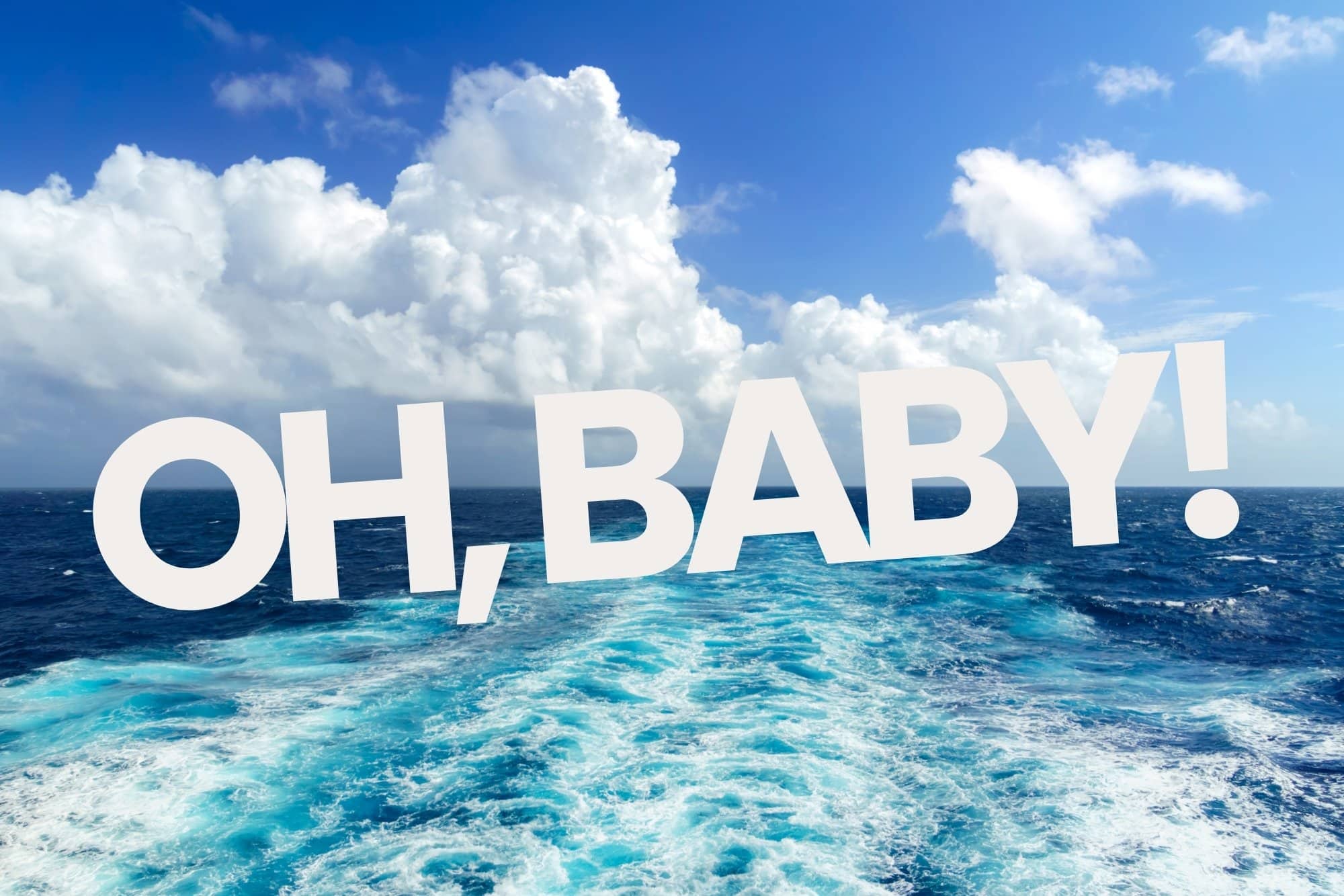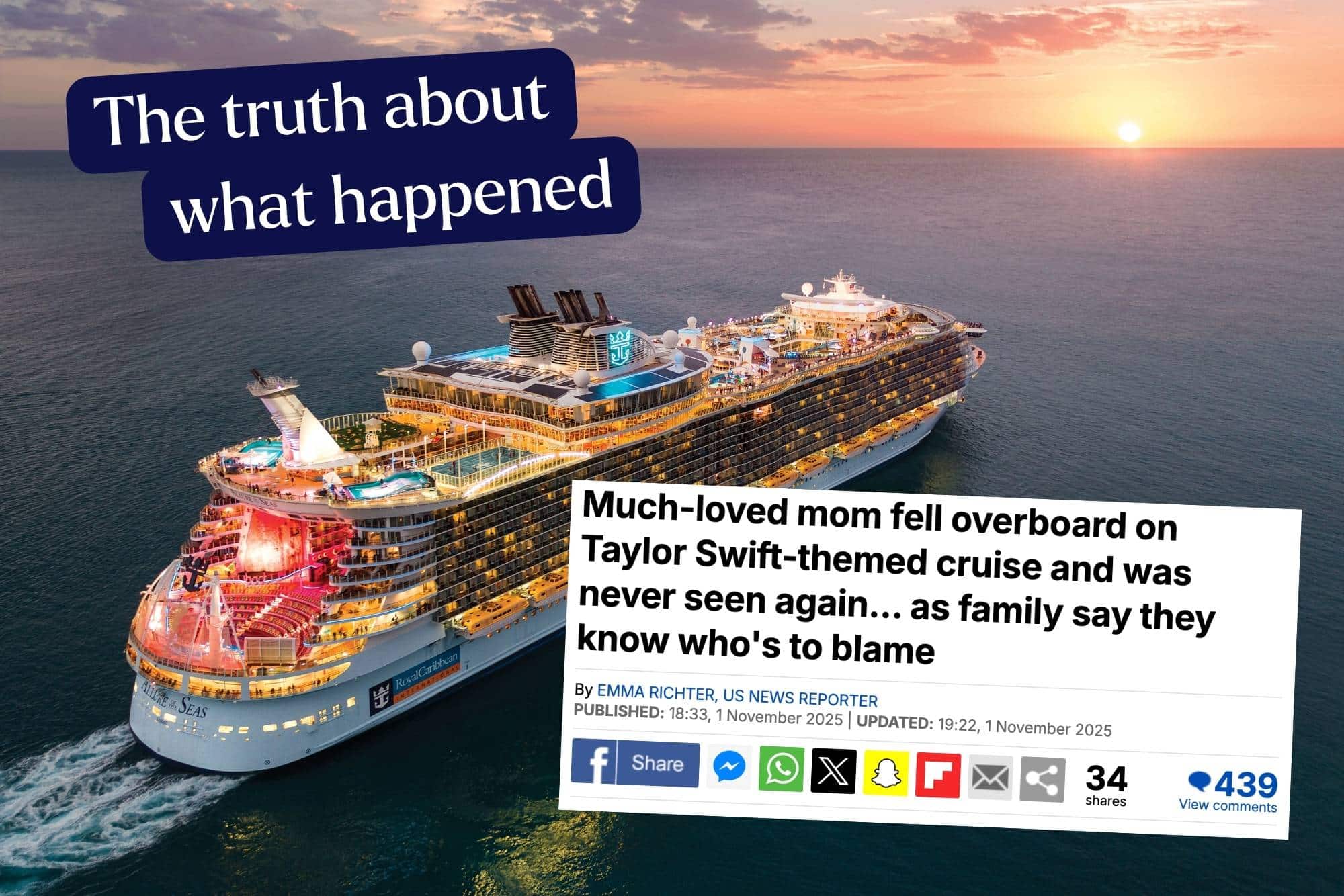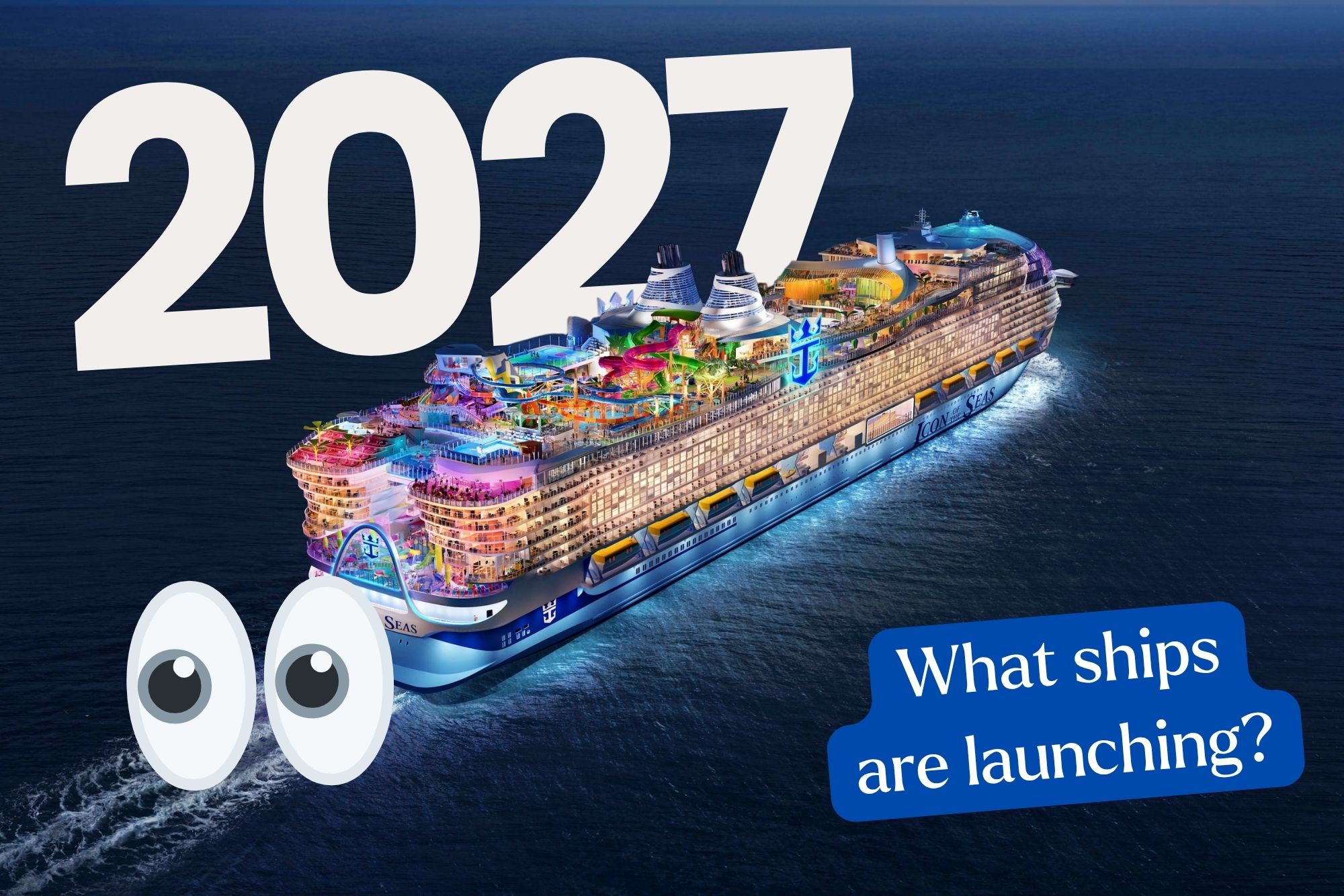In 2013, Carnival Triumph was on a routine four-day cruise to Mexico. But just a day after setting sail from Galveston, Texas, a fire broke out in the engine room, knocking out the ship’s power. With no propulsion, limited lighting, no cellphone service, and no functioning sewage system, passengers found themselves trapped in worsening conditions. What followed became one of the most infamous cruise stories in modern history, and now, over a decade later, it’s the subject of Netflix’s new documentary: “Trainwreck: Poop Cruise.”
A slightly similar thing just happened onboard Celebrity Constellation – go read!
The Stuff of Cruise Nightmares
The most shocking aspect of the ordeal wasn’t just the fire, it was what happened after. With the toilets inoperable, sewage began to overflow, soaking carpets and walls, and creating what passengers described as a literal “river of poop.” Hallways were lined with red biohazard bags, improvised with duct tape and labelled with room numbers. Guests had to queue for hours for cold food, and many ended up sleeping on deck to escape the heat and stench below.
The media quickly dubbed it the “Poop Cruise”, and images of tent cities and sewage-soaked cabins made international headlines. One woman recalled having to shower in a swimsuit using bottled water, and another described the communal dread of using shared buckets and bags when nature called. What should’ve been a relaxing escape quickly turned into a floating survival scenario.
Netflix’s “Trainwreck” Tells All
In Trainwreck: Poop Cruise, Netflix dives deep into the chaos with a tone that’s both comedic and empathetic. The documentary includes never-before-seen footage from passengers’ phones, as well as interviews with the crew, maritime experts, and even honeymooners who unexpectedly spent their first days of marriage in hazmat conditions.
It also highlights how misinformation and panic spread onboard. There were unconfirmed rumours of infections, food shortages, and even mutiny. At one point, some passengers genuinely feared they’d be left adrift for weeks. The reality? The crew were doing their absolute best under harrowing conditions, and a tow operation was underway – but in the middle of the Gulf of Mexico, help takes time.
Can You Still Sail on the Poop Cruise?
Technically… yes, but not under the same name. The Carnival Triumph, the ship at the centre of the 2013 fiasco, underwent a $200 million transformation in 2019 and was renamed the Carnival Sunrise. The ship was completely overhauled with updated cabins, new dining options, and, yes, upgraded plumbing and backup power systems. Today, Carnival Sunrise sails regular itineraries, mostly from the U.S. East Coast to the Caribbean. So, while the spirit of the “Poop Cruise” lives on in meme history, the ship itself has moved on—and so has Carnival.
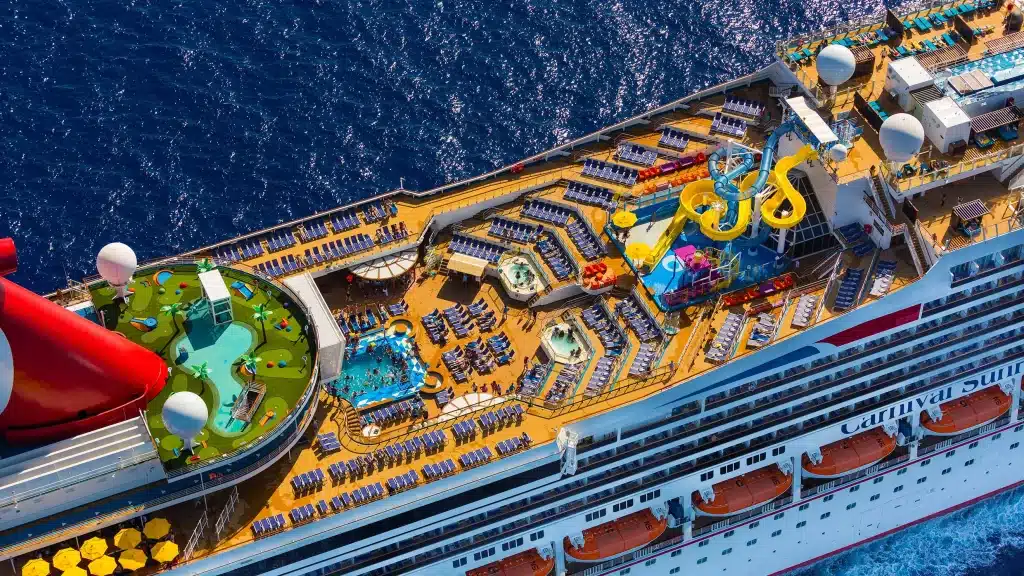
Did the Cruise Industry Learn from This?
Yes. Carnival’s post-incident response included a massive investment in safety and redundancy systems across its fleet. The Triumph was thoroughly refurbished (and renamed Carnival Sunrise in 2019), and Carnival pledged over $500 million in emergency power upgrades, fire prevention systems, and staff training.
The “Poop Cruise” was a wake-up call for the entire cruise industry. It highlighted vulnerabilities and drove home the importance of contingency planning for mechanical failures. Since then, regulations have tightened, and ships now typically feature far more robust backup systems.
How Does This Compare to Other Cruising Disasters?
The Poop Cruise was definitely dramatic, but when you compare it to other cruise ship incidents, it’s actually one of the less deadly (if more infamous) events.
🔥 Carnival Triumph (2013) vs. Costa Concordia (2012)
Just a year before the Triumph’s engine fire, the Costa Concordia disaster rocked the cruising world. The Italian ship struck a reef off the coast of Giglio and partially sank, tragically killing 32 people. That incident was the result of serious human error and poor evacuation planning, and it led to wide-scale reforms across the entire cruise industry, from mandatory safety drills to improved lifeboat deployment systems.
In contrast, the Carnival Triumph didn’t involve loss of life or collision. It was a failure of the ship’s power systems and sanitation, not navigational recklessness.
⚠️ Power Outages vs. True Catastrophes
Cruise ships occasionally experience technical malfunctions: brief power losses, propulsion issues, or outbreaks of norovirus. These make headlines but rarely result in serious harm. The Triumph’s ordeal became legendary not because people died or the ship sank, but because of the unique horror of living in heat and sewage for five days. It struck a visceral nerve with the public – after all, few things are more unpleasant than having no working toilet at sea.
But in terms of scale? The Triumph is nowhere near the top of the list when it comes to genuine maritime disasters.
🤔 So… Should This Put You Off Cruising?
Absolutely not. While what happened on the Triumph was awful, it was also an extremely rare, once-in-a-career event. Millions of people, like myself, cruise every year without incident. If you’re considering your first cruise and feel spooked after watching the documentary – don’t be. Statistically speaking, you’re far more likely to get food poisoning on land than end up on a powerless ship floating in the Gulf.
Cruising today is safer, cleaner, and more luxurious than ever. The Carnival Triumph’s story is now a bizarre slice of cruise history – one that’s fascinating to revisit, but not a realistic concern for modern travellers.
🎥 The Drama of It All…
The Poop Cruise documentary is one part cautionary tale, one part human-interest saga, and one part dark comedy. It’s worth a watch, just maybe not while you’re eating. It captures a surreal moment in travel history that reminds us all how quickly things can change at seal, and how, sometimes, people rise to the occasion (even when surrounded by sewage).
Have you watched Trainwreck: Poop Cruise yet?
More from Carnival
Norovirus outbreak on Royal Caribbean

